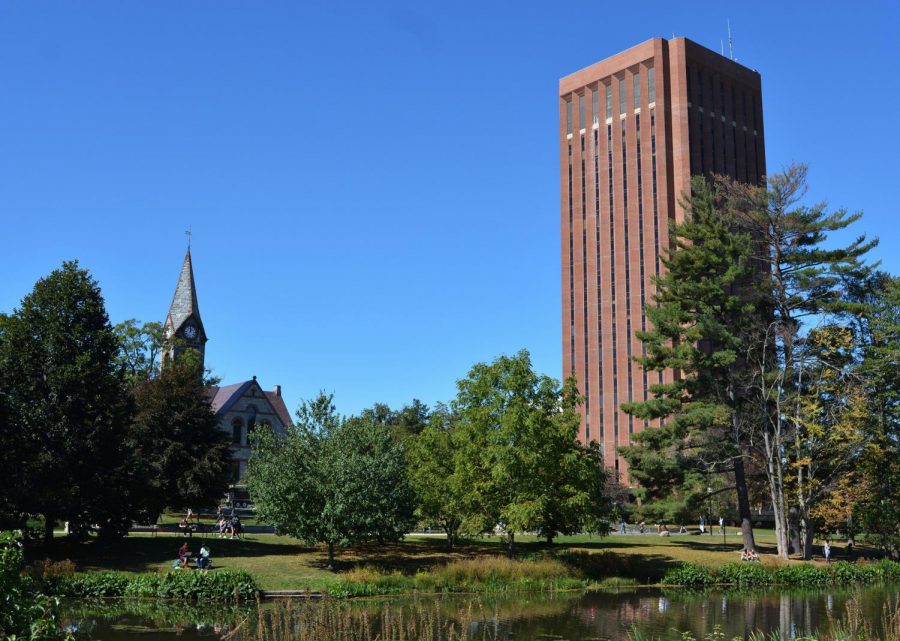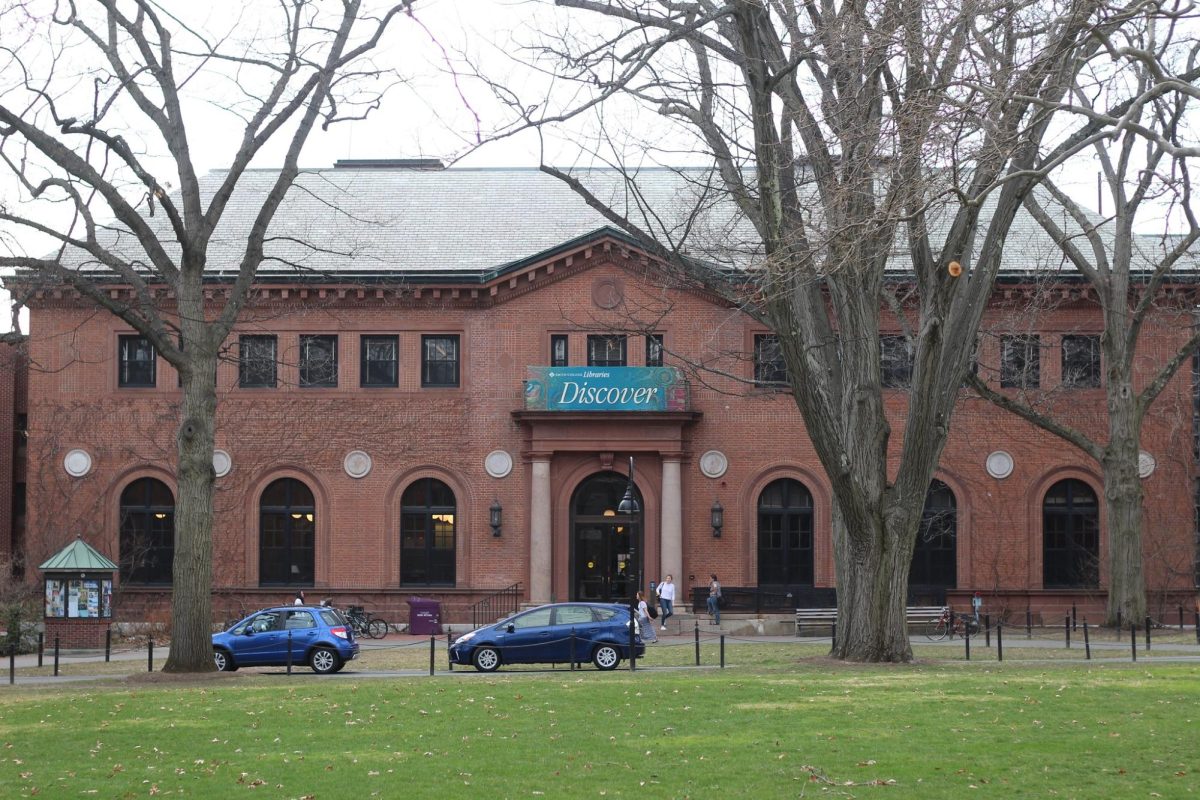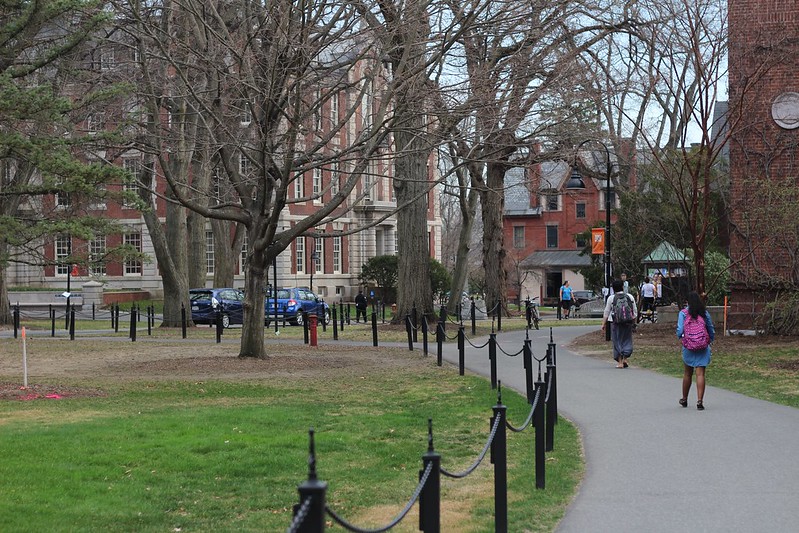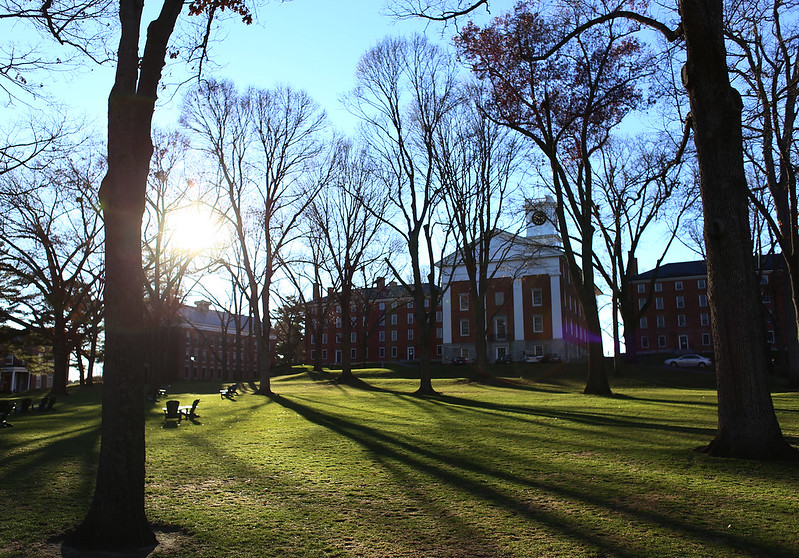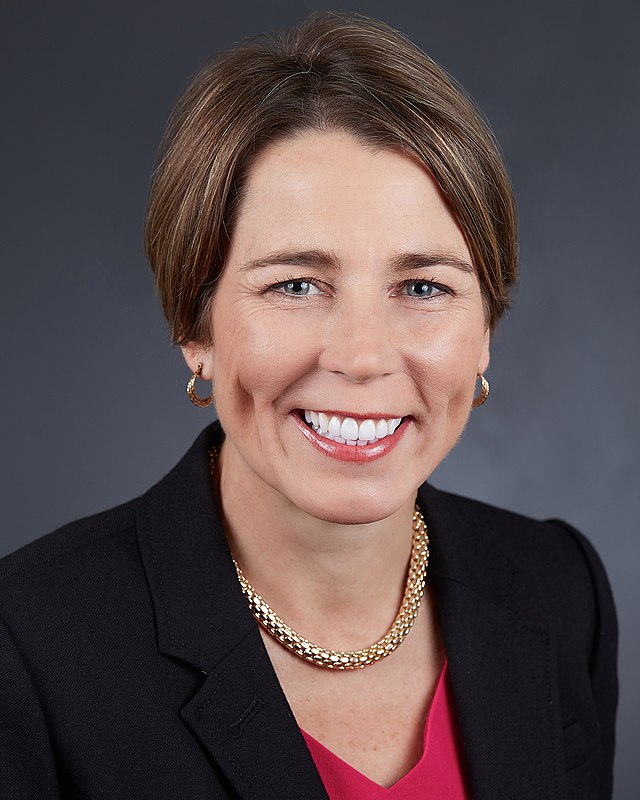The Pioneer Institute, a Boston-based think tank, published a study on Tuesday stating that on average, out-of-state high school students accepted to the University of Massachusetts flagship campus had lower grade point averages and standardized test scores than Massachusetts residents that were accepted to the University.
Based on data acquired from the Massachusetts Department of Higher Education by a public records request, the study shows the UMass campus application process is more competitive for in-state students when compared to their out-of-state counterparts who pay more to attend the school. International students were found, on average, to have lower admission standards as well.
“For the fall of 2016, in-state accepted student GPAs and SAT average scores were 3.97 and 1265, respectively, compared to 3.78 and 1242 for those from outside Massachusetts,” read the report.
Admission standards for UMass have become more competitive for all students from 2004 to 2017, according to the study, but especially for Massachusetts students.
UMass officials claimed the change in admissions standards stems from a lack of state funding, leaving the University to spend less on each student.
“The University’s enrollment of out-of-state students has increased as state support for UMass has stagnated,” said Ed Blaguszewski, the executive director of strategic communications at UMass.
“Today, the state appropriation accounts for only 21 percent of UMass Amherst’s operating budget. Adjusted for inflation, the Commonwealth’s spending on public higher education has declined by 14 percent since 2001, according to the Massachusetts Budget and Policy Center. In this same period, because the number of students has grown, the per-student spending has decreased by 31 percent,” Blaguszewski said in a MassLive article,
Stated on the official UMass website, on average, in-state students pay approximately $28,926. The total tuition for out-of-state students is approximately $47,609. For international students, the tuition cost to attend UMass is $49,354 on average. Official fees for the 2018-19 academic year will be set by the Board of Trustees in July 2018.
On top of more competitive admission standards, fewer federal loan options and a decrease in federal aid make pursuing a higher education in the public UMass system out of reach for some low-income, in-state students.
According to the Boston Globe, in-state tuition for the upcoming 2018-19 school year is proposed to increase by more than four percent, by about $1,300. This would make in-state tuition, on average, $31,330.
Financial aid will also be more difficult to obtain.
“In addition, the federal government ended the Perkins Loan program, which provided low-interest loans of about $1,000 to needy students. The school also slightly decreased the need-based grants it offers students by $250 to $15,700,” wrote Boston Globe staff member Deirdre Fernandes.
The proposed upcoming tuition increase contrasts the five-point plan of Marty Meehan, president of the University of Massachusetts System. The plan was unveiled in his 2018 State of the Union address and aims to grow the UMass online presence, seek partnerships with more nonprofit organizations, collaborate with state business communities, commit to raise $200 million over the next 10 years for financial aid and to advocate against federal policies that pressure the system to raise tuition.
This plan is inconsistent with the proposed tuition increases next year.
The mission statement of UMass claims to strive for affordable higher education for both Massachusetts residents and out-of-state students, with a dedication to providing “an affordable and accessible education of high quality and to conduct programs of research and public service that advance knowledge and improve the lives of the people of the Commonwealth, the nation, and the world.”
According to MassLive, UMass received more than 42,000 applicants in the 2017-18 academic year. Of those applicants, 4,700 enrolled at UMass; 3,460 are in-state students, 900 are out-of-state students and 400 are international students.
“Providing a high-quality education doesn’t just mean accepting the students with the highest GPAs,” said Pioneer Institute Executive Director Jim Stergios about the study. “UMass should also strive to educate Massachusetts residents who can’t afford private schools or higher out-of-state costs at other university systems.”
Gretchen Keller can be reached at [email protected] and followed on Twitter @gretchenkellerr.

